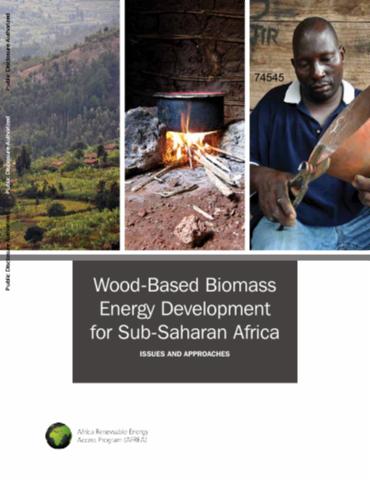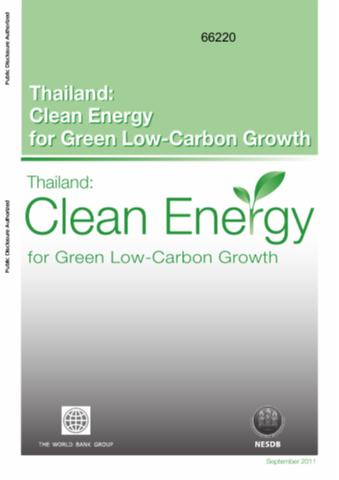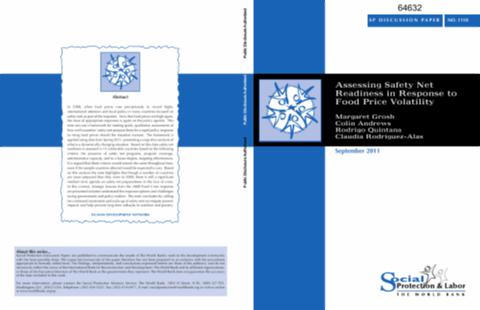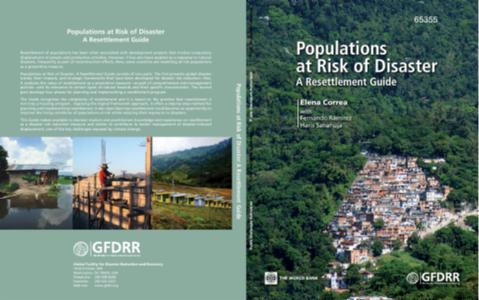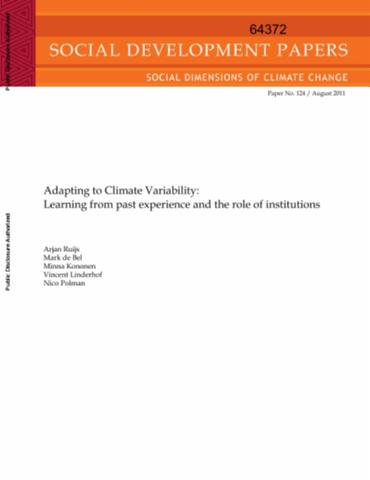Wood-Based Biomass Energy Development for Sub-Saharan Africa
Nearly half the world's population and about 81 percent of Sub-Saharan African (SSA) households rely on wood-based biomass energy (fuel wood and charcoal) for cooking. This degree of reliance is far greater than in any other region. While the use of biomass fuels in China, India and much of the developing world has peaked or will do so in the near future, SSA's consumption will either remain at very high levels or even grow over the next few decades.

